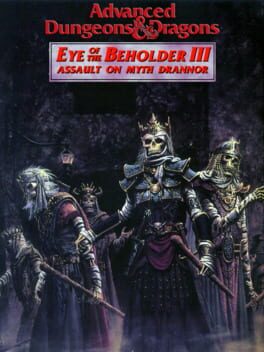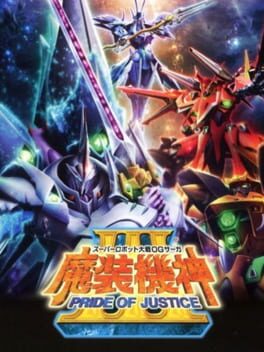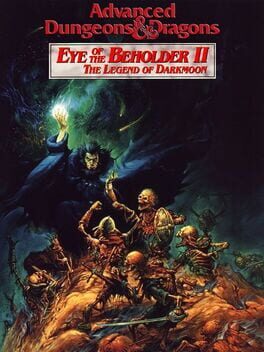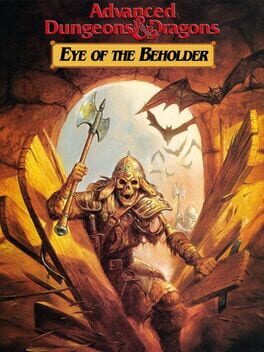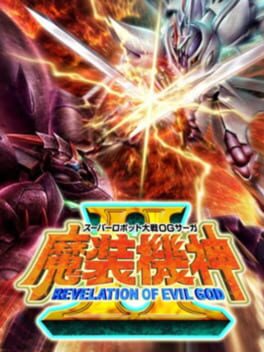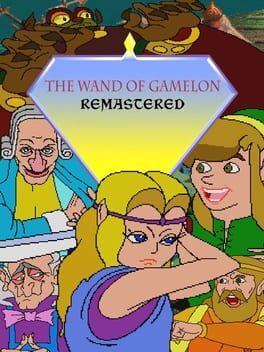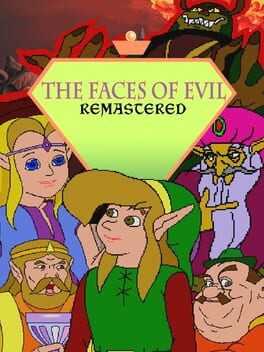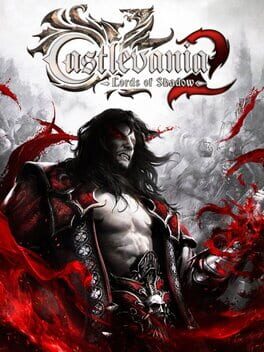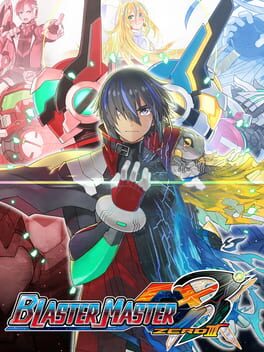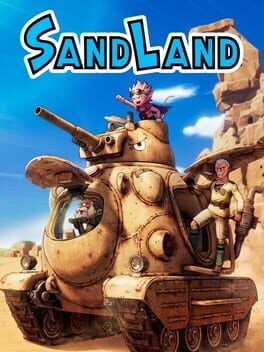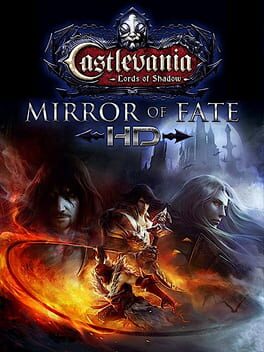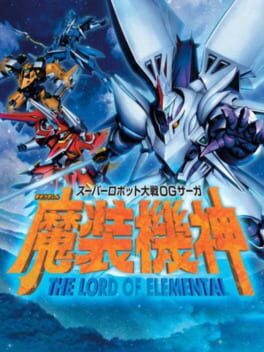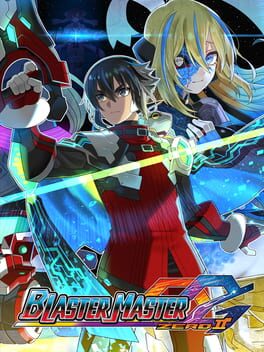Donald_
“Eye of the Beholder III” is a continuation of the tale of its predecessors, with heroes tasked with liberating the city of Myth Drannor from an evil lich. The game became advanced in residence through the use of a new engine, AESOP/16, which caused larger environments and impressive-looking enemies, but also performance problems. The game's scenario design became more complex and enemy problems accelerated, often leading to frustrating gameplay. The game also presented instances of impossible-to-win conditions. Despite its capabilities, this game remains simply a shadow of its predecessors. The labyrinthine maps, imbalance problem, and lag issues overshadow any of the game's capabilities, with the negative reception it received at launch, making more sequels would not have made sense, either. Instead, it is a depressing close to a trilogy that had started out excellently.
The story is engaging, offering a detailed narrative in order to maintain players involved. The battles are amusing and strategic, requiring a bargain of planning.
The fight scenes are well-completed and motion-packed, with smooth animations that capture the essence of large robot clashes. However, one of the major obstacles for global gamers is the Japanese language. Without a good understanding of Japanese, it may be hard to comply with the complex plot and completely appreciate the dialogues.
Ultimately, Masou Kishin III offers a solid gaming revel in for fanatics of tactical RPGs and robot anime collection, however the language barrier may pose a great venture for a few players.
The fight scenes are well-completed and motion-packed, with smooth animations that capture the essence of large robot clashes. However, one of the major obstacles for global gamers is the Japanese language. Without a good understanding of Japanese, it may be hard to comply with the complex plot and completely appreciate the dialogues.
Ultimately, Masou Kishin III offers a solid gaming revel in for fanatics of tactical RPGs and robot anime collection, however the language barrier may pose a great venture for a few players.
Eye of the Beholder II follows its predecessor closely, retaining the same engine and interface. Players can create or import characters, although there are no new portraits, and the game involves stepping movements and 90-degree turns. The game environment, especially the cramped tunnels, can be claustrophobic. Combat is real-time and fast-paced, but the sequel introduces more recruitable characters and greater interaction, adding depth to the gameplay.
There are many new monsters and a variety of environments, including temples and catacombs, with numerous traps and puzzles. Having a thief in your party is essential for navigating secret passages and illusionary walls. The sound is minimal but atmospheric, while the control system is optimized for keyboard and mouse. The absence of an automatic map function makes navigation difficult, especially with monsters reappearing.
Despite some frustrations, such as repetitive wall textures and difficult puzzles, this sequel is engaging and addictive, with a more satisfying ending than the first game. However, its complexity and difficulty may be daunting for beginners, making it more suitable for experienced players.
There are many new monsters and a variety of environments, including temples and catacombs, with numerous traps and puzzles. Having a thief in your party is essential for navigating secret passages and illusionary walls. The sound is minimal but atmospheric, while the control system is optimized for keyboard and mouse. The absence of an automatic map function makes navigation difficult, especially with monsters reappearing.
Despite some frustrations, such as repetitive wall textures and difficult puzzles, this sequel is engaging and addictive, with a more satisfying ending than the first game. However, its complexity and difficulty may be daunting for beginners, making it more suitable for experienced players.
Eye of the Beholder is, without a shadow of a doubt, a good title for all fans of Western-style RPGs, who will find themselves able to relive the exploits of mythical heroes, immersed in fantastic settings full of charm and mystery.
Without a shadow of a doubt, however, the developers could have done more with regard to the graphics of characters and settings, taking greater care of battles and the variety of mazes.
The playability for its part is excellent, the time in front of this amazing title, passes without noticing it.
A video game that we feel like recommending to all D&D lovers and to all those who want to discover this fantastic world.
Without a shadow of a doubt, however, the developers could have done more with regard to the graphics of characters and settings, taking greater care of battles and the variety of mazes.
The playability for its part is excellent, the time in front of this amazing title, passes without noticing it.
A video game that we feel like recommending to all D&D lovers and to all those who want to discover this fantastic world.
Masou Kishin II does not hold a candle to modern tactical games of that era, and mechanically, it feels like a game that should have been released for the original Playstation in 1997 or 1998, not 2012. The graphics, controls, and game dynamics feel dated and uninnovative, lacking the freshness and complexity expected of contemporary titles. Despite efforts to update the title, the changes made are not enough to make it competitive or interesting. In addition, the campaign comes across as boring and generic, with a narrative that struggles to engage the player. This makes it unattractive except for those who have a strong emotional attachment to the series' plot and characters. For new players or those seeking a modern tactical gaming experience, Masou Kishin II turns out to be a disappointment and an ill-advised choice.
Arzette offers a unique experience that mixes nostalgia, humor and a creative approach in this homage to CD-i's controversial Zelda games. With its art direction faithful to the titles that inspired it, engaging soundtrack and more responsive controls, it's a welcome addition to the universe of indie games, offering a fun and nostalgic experience for players who appreciate a creative and humorous approach to products based on the past.
Castlevania: Lords of Shadow 2 somewhat disappoints expectations. The plot follows Dracula's journey of redemption through the contemporary world, with a narrative emphasized by spectacular interlude footage and lengthy, though sometimes verbose, dialogue. The gameplay introduces a new unobstructed view which, while offering greater freedom, generates optimization problems and compromises combat, especially against groups of enemies. Combat mechanics, while offering several combos and an interesting progression system, are marred by problems with framing and opponent responsiveness. Boss fights fluctuate in quality, while platforming and stealth sections are uninspired and frustrating. The technical compartment has its ups and downs, with attractive graphic design but texture resolution and loading problems undermining the visual experience. However, the music and English voice acting are remarkable. In summary, Castlevania: Lords of Shadow 2 offers satisfying moments in the combat system and storyline, but is compromised by several technical and design issues.
Blaster Master Zero 3 concludes the new trilogy that relaunched the Blaster Master franchise in a decidedly convincing manner. The new characters are effective while Jason and Eve's old allies manage to mesh well with the game world. The new mechanics, moreover, are definitely interesting and capable of further expanding the amount of things possible in this game. As far as the plot is concerned, Blaster Master Zero 3 manages to give an effective end to Jason and Eve's story, although there is some room to flesh out a sequel. Be that as it may, I cannot hide the fact that it convinced me less than I would have liked. The increase in difficulty feels excessive compared to the previous chapters and the handling of exploration feels much more linear, greatly diminishing the feeling of exploration present in the previous chapter. As a result, I consider this video game to be excellent, but I would have liked to see more.
2024
Sand Land is a game that tries to do a little bit of everything, without really excelling. Its identity lies in being a tie-in game to Akira Toriyama's work of the same name, and as much as the attempts to create narratively novel content are appreciable, beyond a certain underlying hastiness in the storytelling it is from a gameplay standpoint that the game shows itself to be claudicant. Vehicles are the most appealing aspect, but due to bland environments and a real lack of variety in spite of the open maps that set it apart, their enhancement is rather low. If you are a fan of the late Toriyama and his works, which are brought to life here through excellent use of cel shading, you might close your eyes to some of the flaws that, in some cases, outweigh the merits; otherwise, ILCA's game proves to be an experience that unfortunately fails to be memorable.
Mirror of Fate HD is a solid but unexceptional action game. It lacks refinements: an interesting role-playing system, better-designed backtracking, more artistically and stylistically inspired environments. There is good variety, though, and, by the end of the adventure, a fair amount of solid action moments as well. The work on the Castlevania continuity, which is very brave, challenges fan beliefs and succeeds in expanding the Lords of Shadow universe. The ups and downs of the production obviously do not change in this HD re-release, which certainly presents a more detailed look, but also denounces its portable genesis and, more generally, the not always inspired art style (cut-scenes aside). Neither the visual upgrade nor the better-designed control scheme will be a game-changer, and the advice remains the same: If you are a fan of Lords of Shadow, you will not regret it.
SRW Gaiden is an isometric tactical game that departs from its predecessors by offering a 3D view and introducing new mechanics such as Prana Points and an elemental system. However, compared to previous titles in the series, it features a reduction in game depth and customization, with a limited number of pilots and more randomness due to pilot skills. Although the scenario flow is complex, much of its scenery is filler. The interface is improved in the DS version, with the ability to control a list of enemies and a new list of seishin.
Blaster Master Zero 2 is a triumph of the original. This sequel can be enjoyed by new players while still keeping fans interested in the series. The pacing of the game is excellent, as is its difficulty management and introduction of new mechanics that make for an engaging experience with variety throughout. Nevertheless there are some issues with clarity or frustrating sections which might hamper enjoyment for certain people with this game. What sets Blaster Master Zero 2 apart from other titles though is how well it combines old ideas alongside new ones so that anyone can have fun playing it!
First of all, a premise must be made: of Castlevania this game has the prefix and little else, otherwise it is really a novel reboot for the saga, which will bewilder all those who have played and enjoyed any of the previous chapters. That said, I don't consider it a Castlevania so I think of it as a good, extremely competent action adventure that manages to offer different facets of the genre and blend them together to make the title long-lived, varied and definitely replayable. The technical and artistic compartments also offer evocative and very beautiful passages to look at, an uncommon work that in some cases really leaves one speechless. The feeling, however, is that the game duration could have been reduced to better balance the fights and make them less repetitive, as well as to give more exciting narrative and gameplay moments, which are precisely the factors that do not allow Mercury Steam's first effort to become one of the best exponents of action adventures on the first try, while remaining a recommended purchase for fans of the genre.
